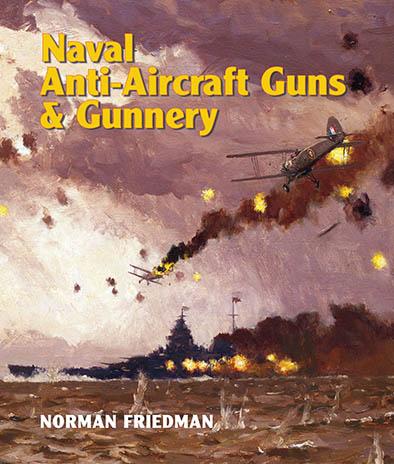After a bit of a gap I am happy to have one of these impressive naval history books from Seaforth in front of me. As with the previous examples we’ve seen this one does not disappoint right from the beautiful cover showing Swordfish going to Valhalla during the Channel Dash.
Now, I have to admit I am hardly well versed in the history or technicalities of naval anti-aircraft gunnery, so I’ll stick with the basics and report that the book looks at the development of the weaponry from the Great War up until the introduction of missile technology changed the face of naval warfare. We see the guns themselves and the rapid advances in the array of predictors, computers and radar devices which aided them to shoot enemy planes down. The book is not confined to the great capital ships and there is plenty of interest in smaller vessels including some of the impressed paddle steamers of the type my grandfather served on up until his death in 1941. One of the highpoints of his time on HMS Southsea was when her crew shot down a German bomber in 1940 and achieved prominence in the wartime press.
The book looks predominantly at the British and American navies, but there is also much room for developments in Japan and the other Axis powers. This is one of those rare occasions when I admit I haven’t read the whole thing from cover to cover and, it’s true, the subject is a tad niche, but I find these books so attractive I am quite happy leafing through the pages to see stunning archive photography with extensive captions. This led me to read more extensively and I was struck by the sheer quality of the text.
The book looks at the kind of weapons used against shipping by aircraft, which includes the early German guided weapons. Throughout its pages you can gauge how meticulous the author has been. All the important developments from better gun mounts to ammunition feeds and the really clever stuff, the radar and the predictor equipment are explained. Perhaps more than any other, this is the field which took the biggest leaps in quality as World War II progressed.
Unlike the glorious reference works of ships great and small I like so much, this one is a lot more specific and is obviously based at the more specialist reader. But it is another example of how to produce the highest quality histories and reference works and if this is a field of interest to you, I would suggest the book is a must have.
Review by Mark Barnes for War History Online
NAVAL ANTI-AIRCRAFT GUNS & GUNNERY
By Norman Friedman
Seaforth Publishing
ISBN: 978 1 84832 177 9
